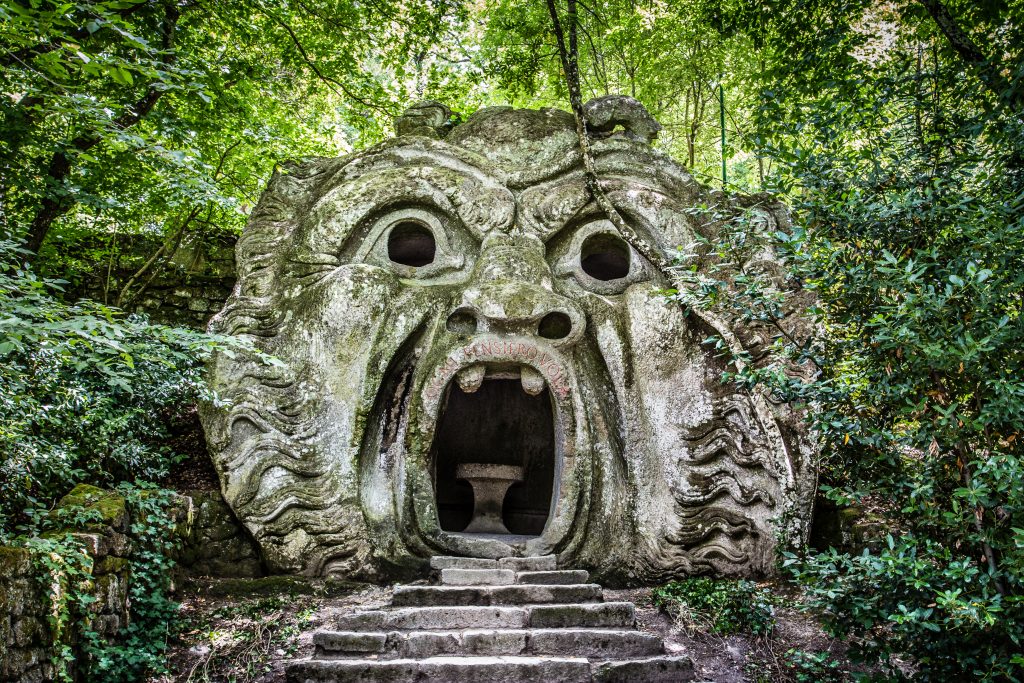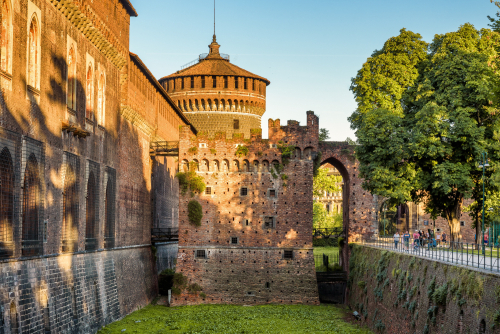All of Italy

Instead of presenting an unknown local delicacy, Fulvio de Bonis of DMC Imago Artis prefers to elevate the Roman queen of pastas: Amatriciana.
Gastronomic Storytelling:
Of course, the tastiest Amatriciana is the one made by an Italian Nonna as the most coveted culinary secrets are passed down from generation to generation. Nonna prepared the Amatriciana starting with traditional egg-based home-made pasta with a secret trick: pressing it a bit more to make it just a little wider so that the pasta better holds the tomato sauce. The sauce must be made with local ingredients coming from nearby fields. Any local will tell you that the flavor of vegetables changes a lot from one region to another!
It’s fundamental for Nonna’s Amatriciana to have small bits of guanciale – this is the cheek of the pig – as per the original recipe. Don’t make the mistake of using pancetta (bacon) as a substitute! Also, remember not to use too much salt, as the guanciale already gives a salty flavor to the sauce.
The final touch is a dusting of pecorino romano cheese — not Parmigiano — on top of the pasta just before eating it!
For more information about Imago Artis, click here.

Luxury DMC Imago Artis leads us to a garden full of mysterious and valuable statues in the northern Lazio, near the Tuscan border.
What makes it so special?
The Sacro Bosco, or Sacred Grove, is sometimes called the “Park of Monsters,” as it seems to come right out of a magical fairytale. Gigantic 16th Century statues hide among the greenery, concealing esoteric and mythological messages. The garden is beneath the Orsini Castle, and the noble family created the park wanting to both impress and confuse their guests. For this reason, some people have discovered an alchemic itinerary in the garden: from the “Orcus” to the “Dragon,” the “Elephant” to the “Giant” and the “Leaning House,” the statues create a surreal atmosphere that has inspired famous artists throughout the centuries, notably, Salvador Dalì.
How can visitors best experience this gem?
Though it would be easy to find the Sacro Bosco on a map, the deep and mysterious meanings of the sculptures and the curious history of the park are best recounted by a professional local guide.
For more information about Imago Artis, click here.

Delve into Milan’s Medieval past with luxury DMC Imago Artis by exploring the impressive Sforza Castle.
What makes it so special?
Originally a Visconti fortress and later turned into a royal palace by the Sforza family, the impressive Castello Sforzesco and gardens sit in the city’s Parco Sempione and today house a variety of museums and libraries. In addition to a wealth of history in the heart of Milan, the castle also houses artwork and frescoes by masters such as Michelangelo and Leonardo da Vinci, to name a few.
How can visitors best experience this gem?
A guided tour with an expert in Medieval History is the best way to follow the various castle and garden paths once patrolled by soldiers on the lookout for enemies, explore the lavish and impressive galleries and museums, and find the best places from where to take in the views of the surrounding Milanese landscape.
For more information about Imago Artis, click here.

Luxury DMC Imago Artis lets us in on a mystical Tuscan secret: Il Giardino dei Tarocchi, or Tarot Gardens, a surprising sculpture park hidden along the southern edge of the region.
Tell us about a Tuscan hidden treasure?
The most unconventional adventure in Tuscany is a visit to the breathtaking Tarot Gardens, located just south of the city of Grosseto. The gardens are highly recommended for lovers of Modern Art—especially fans of the sculptor Gaudì—though few travelers know about these extraordinary sculptures and buildings off the beaten track.
What makes the gardens so special?
Inspired by the works of Gaudì, in the 1980s French artist Niki de Saint Phalle created sculptures with pâte de verre, or glass-paste, and placed them among the olive groves. A walk through the garden is like entering a dreamland where the artist’s expressive imagination has taken form in the majestic fountains and buildings she inhabited. All the pieces represent traditional figures of the Tarot with the former home of the artist shaped like a towering Empress, one of the most important cards in the Tarot world.
How did you discover this treasure?
We discovered this magical place in the best way: through word of mouth. There aren’t even many signs along the way to reach the garden, which makes the surprise that much better.
How can visitors best experience this gem?
The Tarot Garden can be visited all year long, but the best seasons are spring and fall when the air is clear and the explosions of color on the statues can be experienced more vividly. We recommend visiting with a modern art expert who can shed light on the hidden meanings and symbols behind every masterpiece.
For more information about Imago Artis, click here.

Luxury DMC Imago Artis takes us to the Apulian abbeys of Santa Maria di Cerrate and Santa Maria del Casale.
What makes them so special?
Santa Maria del Casale is set in a very particular location near Brindisi airport. In the Middle Ages, Crusaders and Templars used to set sail from this part of Italy to reach the Holy Land. This peaceful and majestic abbey was the last stop for the soldiers before they left to risk their lives in Jerusalem. From the abbey’s many frescoes and hidden symbols, you can feel their trepidation toward the deadly battles and the protection they sought from Christianity and the Holy Virgin. This church was the last outpost where they prayed for Christ’s protection before departing on the Crusades.
A few kilometers away lies Santa Maria di Cerrate, a gem of Romanesque style. The architecture and decoration date back 900 years and are a pure masterpiece, but the abbey shrouds other incredible stories. Concealed within the structure are secret symbols and incredible stories revealing regional traditions. For example, the Medieval “selfies” of pilgrims and sailors roughly sculpted into the church’s columns were a bid for God’s protection during their difficult journeys.
For more information about Imago Artis, click here.
